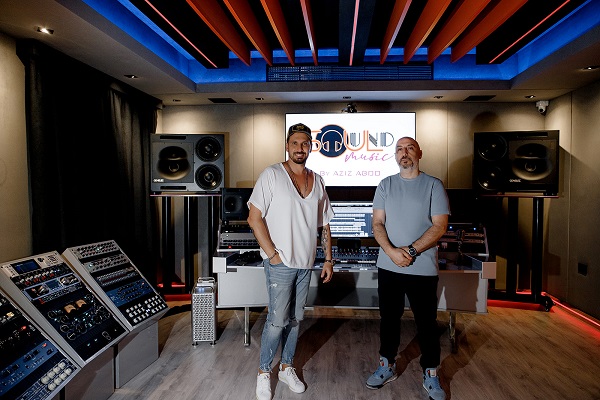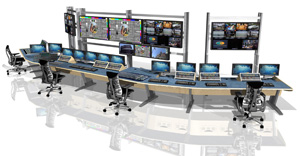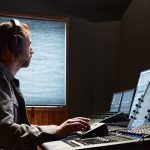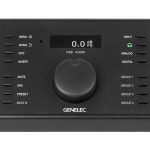The solution installed by audio engineer Hosni Abu Zahra features a pair of 1234s as the main studio monitors complemented by a pair of 1032 nearfield models.
Soul Sound Music Art Production, situated in the heart of Downtown Dubai, has chosen the Genelec Smart Active Monitoring system to ensure audio quality and precision in its recording facility.
Soul Sound is a passion project of Lebanese singer and songwriter Aziz Abdo. “I wanted to create a professional studio set-up in a space that will allow me to further my skills and talent – and take my musical career to the next level,” he explained. “I wanted to give a ‘facelift’ to today’s typical music studio in Dubai, since most of them are located in remote areas or have an old, worn-out feel. I want to provide an experience, making it an ‘instagrammable’ space which can inspire musical artists and influencers, and turn it into the most visited and travel-worthy destination. Having a passion for both musical technique and powerful technology, I wanted to democratise the creative process – allowing anyone to have access to everything that they would need to create music.”
“In pursuit of this goal, Abdo enlisted the expertise of audio engineer Hosni Abu Zahra, who played a pivotal role in crafting an optimal recording environment. Abu Zahra’s profound grasp of acoustics, coupled with his technical prowess, established a meticulous benchmark for the recording configuration,” the company said.
“I chose high-quality audio equipment, including microphones, preamps, compressors, EQs and monitors to meet the specific needs of the project, and combined this with a proper wiring and cabling infrastructure to minimise signal degradation and interference,” recalled Abu Zahra. “I designed the studio with appropriate dimensions to avoid standing waves and resonances that can affect sound quality. I also ensured proper sound isolation and minimised unwanted reflections through the use of materials like diffusers, absorbers and bass traps.”
“Genelec monitors are known for their exceptional audio quality and accuracy,” Abu Zahra stated. “They deliver transparency and accuracy and have a wide frequency response. They are also reliable, with fantastic build quality, and their performance can be adapted to the room with GLM software. On top of all of this, they have an established reputation as the best studio monitors available.”
The solution installed by Abu Zahra features a pair of 1234s as the main studio monitors complemented by a pair of 1032 nearfield models. Low frequencies are handled by a 7382 subwoofer, with a supplementary pair of 8030s employed as nearfield monitors at the secondary listening position for guests in a separate area away from the main mix position.
“Having both 1234s and 1032s in the studio provides several benefits,” explained Abu Zahra. “They provide excellent frequency response and balance, as well as transparency of the reproduced sounds when recording and mixing. The two solutions also provide different listening perspectives for artists and engineers, and I positioned the 1234s and 1032s in an optimal configuration to achieve accurate and balanced audio reproduction.”
With the control room used as a single space to handle mixing, recording and mastering, the use of GLM calibration software has been key to the project. “GLM changed my life by fixing the frequency curve where needed,” added Abu Zahra.
“I’m extremely happy, as I have personally planned each and every corner of the studio,” said Abdo. “Being a music artist myself, I kept in mind what would create a positive working environment to help musicians feel at ease in the studio and keep the mood upbeat. This helps to keep momentum, and keep the artists focused. Plus working in a high-quality studio that has the latest technology allows musicians to be innovative and experimental.”
“We have created a state-of-the-art recording space – with hi-tech equipment that meets international standards – right in the heart of glamourous Downtown Dubai. I want this to be the go-to recording studio that allows young artists to experiment with their music,” Abdo concluded.









































































